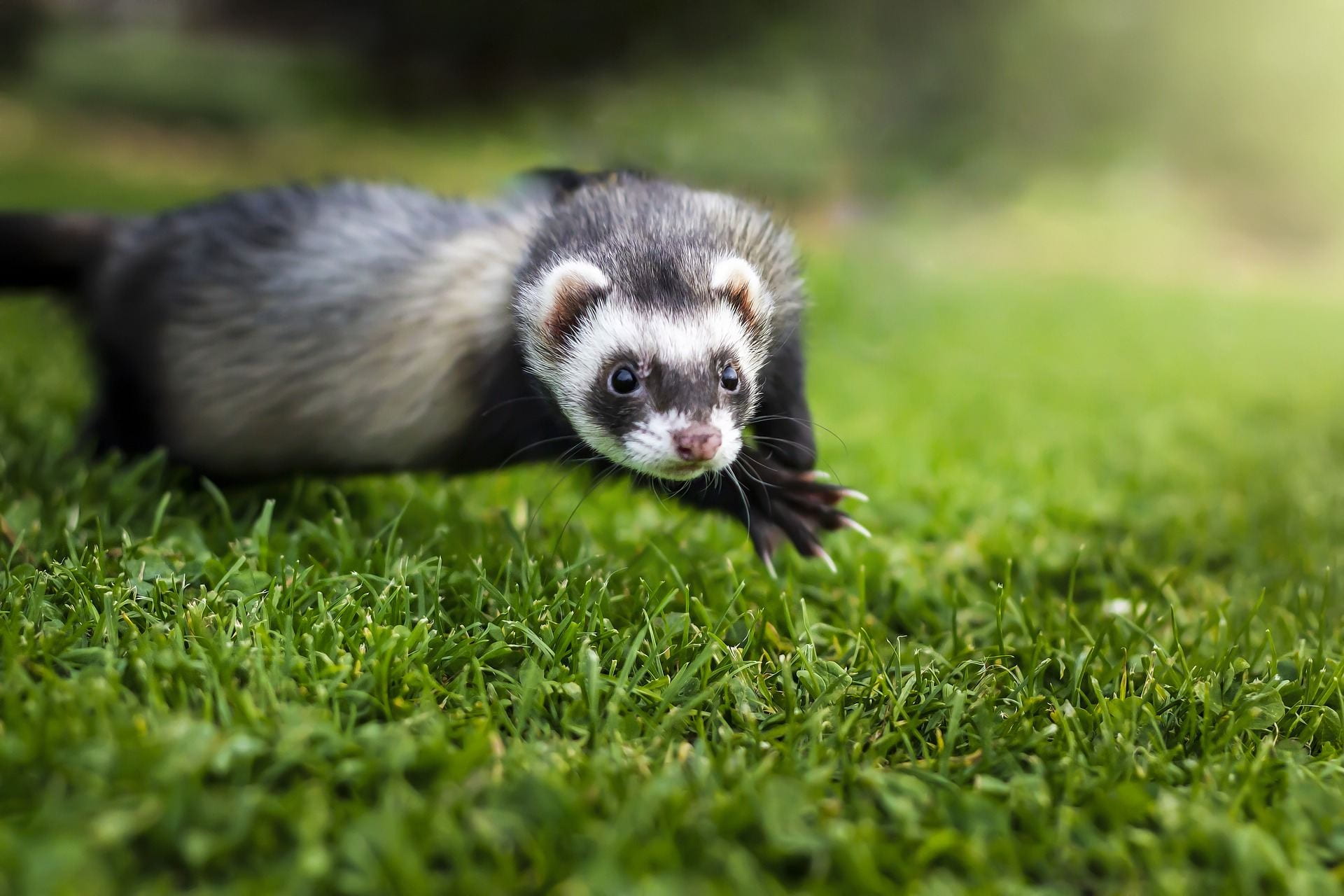
When we think about witches’ familiars, we usually think about cats. Mysterious and frequently associated with the powers of luck and magic, they seem to be the perfect companion for witches. At least, that’s what contemporary popular culture has led us to believe.
Throughout history, however, witches have been reported to have many other animals for familiars, some of which now would seem truly strange and unexpected. What’s more, cats were, perhaps, not even the most popular ones!
What animals, then, did historical witches have as familiars, and what kind of a relationship did they have with each other? Let’s take a look at what we know about witches’ familiars based on a study of early modern witch trials in England, by American medievalist William Chester Jordan.
What is a Familiar Exactly?

In most witch trial literature, familiars seem to be understood as a witch’s magical helper, who assists her in a supernatural way – they harm other people and their possessions on the witch’s behalf (Serpell 2002, 158). And witches, supposedly, repay their familiar by giving them food and a place to live (Serpell 2002, 159).
Now, you might ask – what on earth do familiars eat? It is interesting that they have been occasionally reported to eat normal food – bread, milk, beer, cake, etc. Although, more often they were said to feed on the witch’s blood by sucking on various spots of her body (Serpell 2002, 159).
How did a Witch get a Familiar?

Some familiars were said to appear the same way as many pets do – out of nowhere. These animals would offer the witch their help and ask for food. Many others have been portrayed in the literature as gifts from the Devil, who gave them in return for the witches’ loyalty. Still others would come from other witches – apparently, familiars could be passed down from one witch to another, or sometimes even shared within a group of witches (Serpell 2002, 158).
What Animals Were Familiars?

So, what kind of animals could serve as familiars? Among those who would perhaps surprise us the least are dogs, toads and wild birds (apart from, of course, cats – who also appear in witch trial literature). But some other familiars are much more surprising: such as insects – spiders, flies and bees, vermin – rats and mice, and domestic animals – cows and domesticated fowl. What’s more, ferrets, rabbits, bears and even snails were believed to work as familiars as well (Serpell 2002, 168, 175).
What Names Did Familiars Receive?

As pet-like companions, familiars received a variety of names. Some sound really eccentric – such as Elemauzer, Pyewacket, Peck in the Crown and Griezel Greedigut – but it is highly possible that these names were invented by the witch finders themselves (Serpell 2002, 174).
Most familiars, it seems, either got standard animal names of the time – such as Pusse, Gibb, and Ball, or had diminutive names such as Jack, John, Will, and Harry. Some other lovely examples include a familiar snail Jeffry, spider Joan, frogs Jack and Jill, and a cat and a dog named Sathan (Serpell 2002, 173-177).
By Iryna Stavynska
Bibliography:
James A. Serpell, “Guardian Spirits or Demonic Pets: The Concept of the Witch’s Familiar in Early Modern England, 1530-1712.” In The Animal/Human Boundary: Historical Perspectives, ed. Angela N H. Creager and William Chester Jordan, 157-190. Rochester: University of Rochester Press, 2002.
